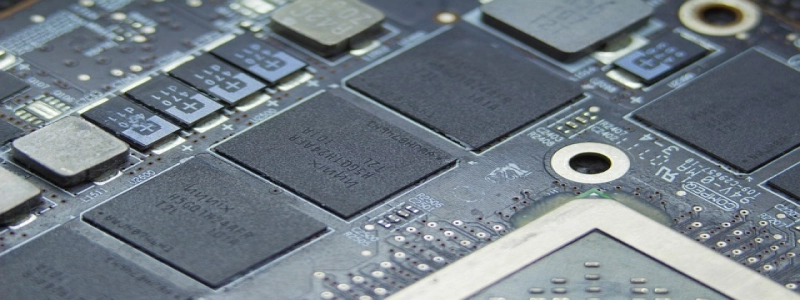Ethernet IP Scanner Introduction
I. Overview
A. Definition
B. Functions
II. How Ethernet IP Scanners Work
A. Discovery Process
B. Communication with Devices
III. Benefits of Ethernet IP Scanners
A. Improved Efficiency
B. Enhanced Security
C. Cost Savings
IV. Applications of Ethernet IP Scanners
A. Industrial Automation
B. Network Monitoring
C. Security Systems
V. Choosing the Right Ethernet IP Scanner
A. Compatibility
B. Speed and Performance
C. Cost Considerations
VI. Conclusion
I. Overview
A. Definition
Ethernet IP scanners, also known as EtherNet/IP scanners, are network devices that allow communication between a host device and connected devices on an Ethernet/IP network. These devices can scan and gather information from various Ethernet/IP devices, such as programmable logic controllers (PLCs), human-machine interfaces (HMIs), and other industrial automation equipment.
B. Functions
Ethernet IP scanners act as intermediaries between the host device and the connected devices, facilitating data exchange between them. They enable the host device to monitor, control, and gather data from the connected devices in real-time. These scanners can establish multiple connections and efficiently manage communication with different devices simultaneously.
II. How Ethernet IP Scanners Work
A. Discovery Process
Ethernet IP scanners use a discovery process to identify and establish connections with devices on the network. They send out broadcast messages to discover all the available devices. Once the devices respond, the scanners retrieve information such as device type, status, and network parameters.
B. Communication with Devices
After the discovery process, Ethernet IP scanners use the established connections to communicate with the devices. They can read and write data to the devices, monitor device status, and receive real-time feedback. The scanners support various protocols and communication methods, ensuring seamless integration with different devices.
III. Benefits of Ethernet IP Scanners
A. Improved Efficiency
Ethernet IP scanners enable efficient and fast data exchange between devices. They minimize latency and support high-speed communication, enhancing overall system performance. Real-time data monitoring and control capabilities provided by the scanners improve the efficiency of industrial processes, leading to increased productivity.
B. Enhanced Security
Ethernet IP scanners offer robust security features to protect the network and connected devices from unauthorized access. They support encryption and authentication protocols, ensuring secure communication and data transfer. The scanners also enable the implementation of access controls and user management, strengthening network security.
C. Cost Savings
Ethernet IP scanners offer cost-saving benefits by reducing the need for additional hardware and cabling. They eliminate the requirement for dedicated communication modules and streamline the connectivity process. With their ability to establish multiple connections, they minimize the number of scanners required, resulting in cost savings.
IV. Applications of Ethernet IP Scanners
A. Industrial Automation
Ethernet IP scanners are extensively used in industrial automation systems. They facilitate communication between PLCs, HMIs, sensors, and other devices, enabling centralized monitoring and control. The scanners play a crucial role in achieving seamless integration and coordination between different components of automated systems.
B. Network Monitoring
Ethernet IP scanners find application in network monitoring and diagnostics. They can monitor device status, collect network performance metrics, and provide real-time alerts for any potential issues. The scanners assist network administrators in maintaining network health, optimizing performance, and troubleshooting problems promptly.
C. Security Systems
Ethernet IP scanners are also utilized in security systems. They enable integration with access control systems, surveillance cameras, and other security devices. The scanners provide real-time monitoring and central management of security-related equipment, contributing to enhanced security and situational awareness.
V. Choosing the Right Ethernet IP Scanner
A. Compatibility
When selecting an Ethernet IP scanner, ensure compatibility with the devices and network infrastructure. Consider the supported protocols and communication methods to guarantee seamless integration.
B. Speed and Performance
Evaluate the speed and performance capabilities of the scanner based on the requirements of your application. Consider factors such as data transfer rates, latency, and the number of simultaneous connections supported.
C. Cost Considerations
Assess the cost-effectiveness of the scanner by considering both the initial investment and long-term benefits. Compare prices, features, and support services offered by different manufacturers to make an informed decision.
VI. Conclusion
Ethernet IP scanners play a vital role in enabling efficient and secure communication between devices on an Ethernet/IP network. With their extensive applications in industrial automation, network monitoring, and security systems, choosing the right scanner is essential. By understanding the functions, benefits, and considerations, you can select the most suitable Ethernet IP scanner for your requirements and optimize your network infrastructure.







